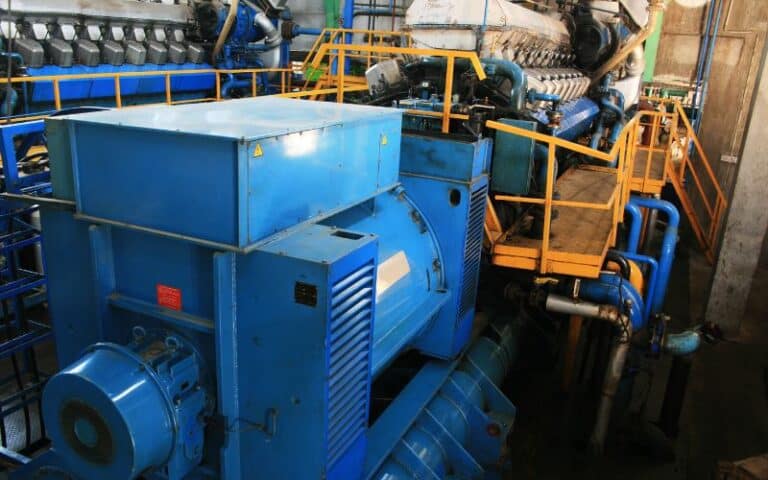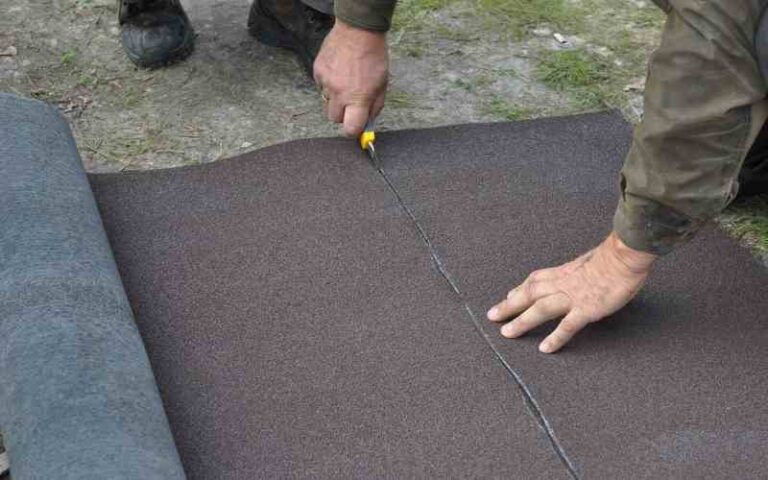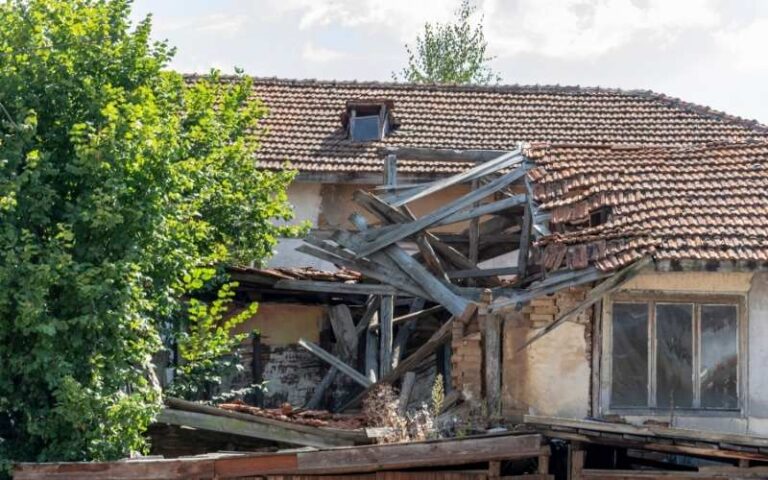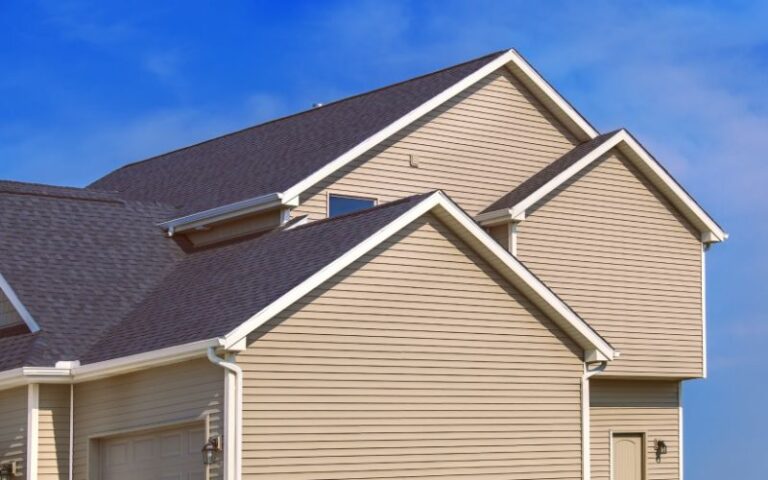We have heard of building roofs collapsing due to storms and strong winds, and the roof doesn’t have enough stability to withstand the pressure.
Structural ridge beams add support and firmness to rooftop framing. Is it possible to build roof rafters without a structural ridge beam?
The international building code for roof framing ridge requires a structural ridge beam. These ridge beams mathematically bear half the load exacted on the roof rafter on both sides. While it may be possible to build a roof rafter without a ridge board, it is not the case with a ridge beam.
Ready for a Roofing Quiz?
Do You Need a Ridge Beam For Rafters?
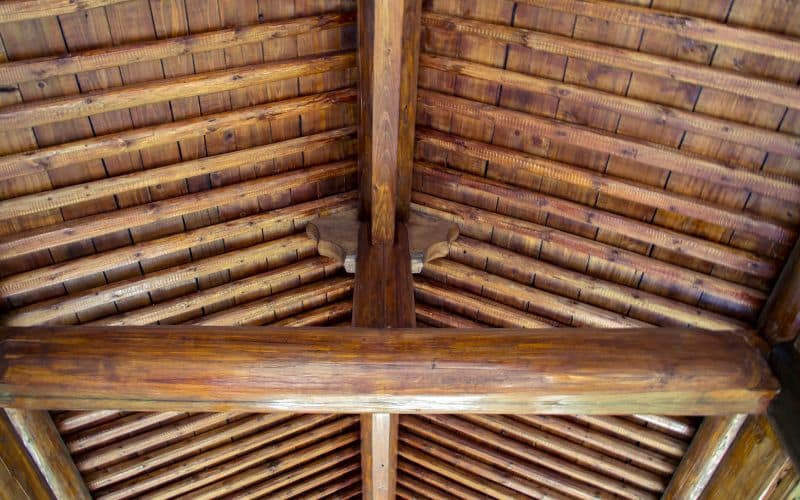
Roofs without a structural ridge beam are potentially unstable, so you need a structural ridge beam for roof rafters. This ridge beam increases firmness and provides longitudinal support to rooftops.
The absence of a structural ridge beam exposes the roof framing to racking and possible collapse.
A structural ridge beam is a must for roof framing rafters, especially low-end rafters with less than 3/12 slope. All the conditions of the international building code demand the use of structural beam ridges.
In addition, House ceiling joists above the bottom of roof framing rafters require the structural ridge beam for support.
It is needful to state that a ridge beam is not the same as a ridge board. Even though both roof framing techniques seem to perform similarly, there is a clear distinctive line between both.
For instance, while you can do without a structural ridge board, a structural ridge beam is necessary.
Every proper building roof framing would require the support of a structural ridge beam post.
The Ridge beam provides structural support to roofs by bearing half the load of live and dead weight on the rafter.
It also serves as a bearing point where rafters meet. Therefore, every structure that will distribute the applied loads to the ground will require the support of a ridge beam.
In conclusion, using a structural beam ridge is for the good of the structure upon which it lies.
As mentioned earlier, the structural beam ridge carries the load that otherwise is supposed to pressure the roof rafters.
In addition, with the ridge beams supporting the rafter members, there is less chance of wall splaying or collapsing.
How to Build Rafters Without a Ridge Beam?
While ridge beams are for roof framing constructions, the downsides sometimes make them better off. Yes, you must have observed structures where you cannot find any ridge beam in the roof framing ridge.
However, building a roof frame ridge with a structural ridge beam is one way of the international building code to construct roofs.
There are other techniques for framing roof ridge Without a structural ridge beam. For example, in place of ridge beam support, a ridge board will stand in place of the ridge beam.
A Ridge board is a fancy and wise replacement for a structural ridge beam on rafters.
Secondly, if you want to build a rafter without a structural beam ridge, you will have to build it like a truss. The connecting ends just as trusses can be together using a gusset or plywood plate.
Pitching the roofs makes the rafters firm as they should, even without the supporting structural ridge beam.
So on a small scale, building the rafter like a temporary truss is another way to make rafters without ridge beam support.
It is needless to point out that using an alternative rafter frame support. An alternative building technique/idea is the only means of building a rafter without the use of ridge support.
In addition, another standard way of building a rafter roof framing without a structural ridge beam is by using a ceiling joist as a replacement.
Here, framed rafters are placed diagonally against themselves with a ceiling joist across them, forming a triangular roof framing ridge.
Of course, all these building styles/techniques have pros and cons, depending on what you can bear.
Do All Roofs Have Ridge Beams?
Indeed, not all roofs have ridge beams, but many modern building styles involve the structural ridge beam.
The reason is that every roofing slope needs a structural ridge to reduce the chances of sudden roof racking.
It is possible to see roof frames without any ridge beam standing as a support mechanism. The reason is that structural beam ridges are a modern-day support mechanism for roof framing.
However, close observation will reveal that other roofs have supported other than the ridge beam.
For instance, a ridge board that is a non-structural support member in some rafter framing styles serves as support—placed in a similar position as a structural beam ridge but, to a degree, performing different purposes.
Likewise, different roof frames come in different styles, all driving to solve one problem or another.
However, a rule to govern the type of roof frame support is in the international building code. Remember that all the rafter roof frames come with their pros and cons; none is precisely perfect.
See More: Attaching Sill Plate To Steel Beam
Ridge Board or Ridge Beam For Rafters
A Ridge beam as structural support for rafters is the best choice. The benefits of a structural ridge beam support far surpass the advantages of the ridge board.
So without so many arguments, I recommend you go for a ridge beam support for rafters rather than a ridge board.
The ridge board is a non-structural support member in roof rafters, providing a bearing point for rafters. It also serves to observe the alignment of the roof rafter frame along the ridge plane.
However, in times past, there has been a replacement for the ridge board hence rare roofs with ridge board.
In contrast, a ridge beam is a structural support that carries half the applied load on roof rafters.
As you can see, a ridge beam doesn’t just provide bodily support for a rafter member to meet as a bearing point.
Instead, it helps in shouldering the force that rests on the rafter and transferring it down to the ground.
So while the joints of rafters commonly attach to the ridge beam, they also sit on it. You may not understand the implication of such a positioning unless you take a deep study.
But, in general, the effect that the rafters and supporting-end walls suffer less stress, not to mention the beauty it gives.
How to Join Rafters to Ridge Beam?
Installing a structural ridge beam support for roof rafters is a good structure step for a long-lasting roof.
With all the required toolsets and materials on the ground, joining the rafters to the ridge beam isn’t a big deal.
The following steps will guide you to connect a roof rafter to a structural beam ridge support.
- First, ensure that the ridge beam is larger than the rafters in dimension. Also, the ridge beam must be lengthy for low ends rafters.
- Typically, rafters come in rectangular sizes; to join them to the ridge beam, they ought to be beveled. So cut one end of the rafter according to the required roof slope.
- You can use a joist hanger to connect the rafters to the ridge beam rather than hammering the rafters. However, beating the rafters to the ridge beam will do just fine for wooden rafters.
Conclusion
Construction works are jobs that require a bulk of knowledge at hand plus a high level of expertise.
While structural construction is a tasking job, roofing frame construction is on a new level. There is much to learn about structural roof framing ridge and the support mechanism.



